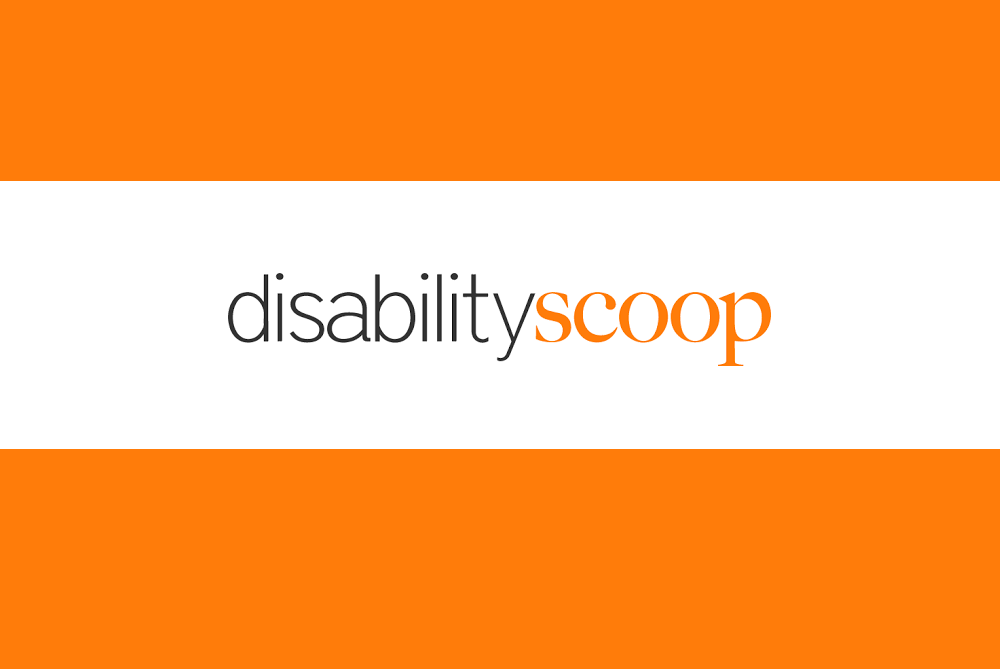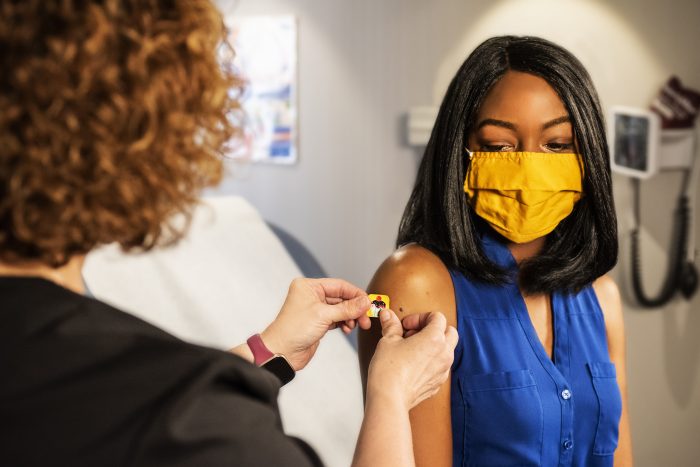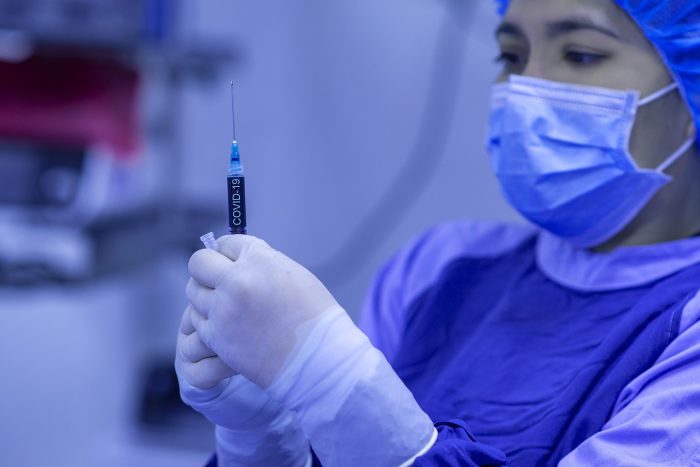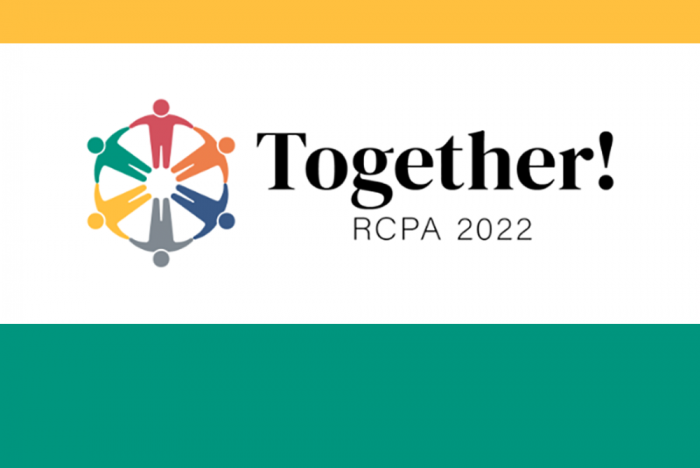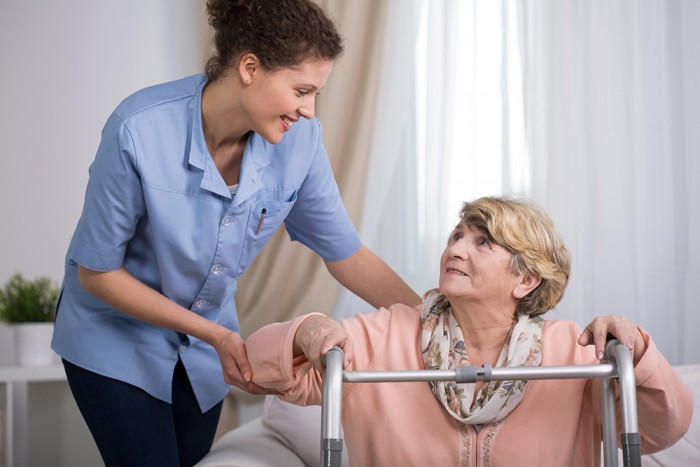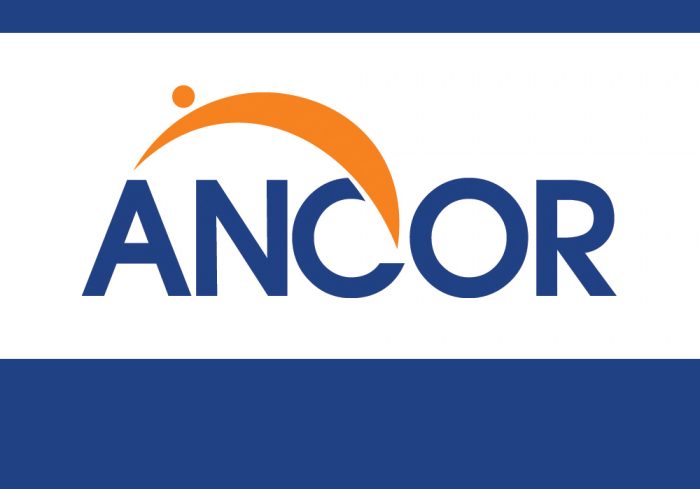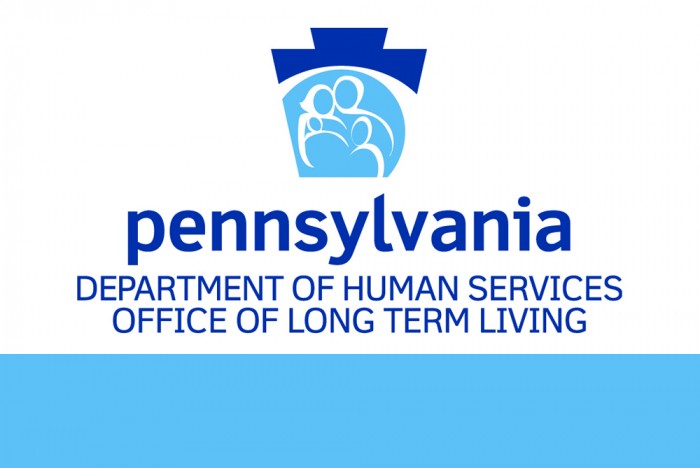Hope Gala Speakers Share Past, Look to the Future: RCPA Member Hope Enterprises, Inc. Featured
RCPA Member Nancy Murray, The Arc of Greater Pittsburgh/Achieva, Interviewed About Staffing Challenges on WESA
Coronavirus Boosters Targeting Omicron Get FDA Blessing for Fall Push
Earn CE Credits Through Exciting Workshops at the 2022 RCPA Conference: Together!
The 2022 RCPA Conference Together! is looking to be packed full of exciting and thought-provoking workshops. Gathering in person at the Hershey Lodge October 11 – 14, 2022, presenters from across the state will be discussing everything from telehealth to the workforce crisis to COVID-19 and beyond. Our full brochure is available, and some of our upcoming workshops include:
- Building a Strong School-Based Outpatient Therapy Program: Providing Quality Services and Enhancing Community Partnerships
- Presented by Amanda Katchur of Community Services Group
- ATLAS: A Tool for Connecting Your Community to Evidence-Based, High-Quality Addiction Treatment
- Presented by Angad Buttar of Shatterproof and Kim Coleman of DDAP
- Expert Panel on Recruiting and Retaining Behavioral Health Staff During Challenging Times
- Presented by Christine Axford of Berks Counseling Center, Rosa Davis of POWER, Cassie Dundon of Achievement Center of LECOM Health, Amy Herschell of Community Care Behavioral Health Organization, Elissa Nulton of Peer Star, and Kate Pompa of Wesley Family Services
- Provider and Member Centric VBP Development in IBHS – A Success Story That Benefits All Parties
- Presented by Debra Luther of Beacon Health Options of PA, Steven Herr of Advanced Metrics, and Kim Bowser-Murtha of Fayette County Behavioral Health Administration
- Programs That Promote Change for Sexually Problematic Behaviors
- Presented by Jack Berkenstock Jr. of The Bodhana Group
- Identifying and Addressing Health Disparities Related to Tobacco Use Among Individuals With Mental Health and Substance Use Disorders
- Presented by William Stauffer of the PA Recovery Organizations – Alliance and Tony Klein of PA Statewide Tobacco Free Recovery Initiative
Be sure to register now to see these workshops in person and earn continuing education credits! Note that sessions will be recorded to allow registered participants to take advantage of sessions after the event.
In addition to an amazing roster of speakers, our 2022 Conference will have an exciting array of sponsors and exhibitors. We thank those who have committed to our conference thus far! If you are interested in sponsoring or exhibiting, visit here for more details.
We’d like to give a special shoutout to our Connections Hall sponsor Beacon Health Options as well as our Welcome Reception sponsor UPMC Community Care Behavioral Health Organization. Thank you for your support!
Questions about the conference may be directed to Carol Ferenz or Sarah Eyster, Conference Coordinators.
Recording From HCBS Rule & Statewide Transition Plan Overview Now Available
On August 22, 2022, the Department of Human Services (DHS) announced the availability of Pennsylvania’s Final Statewide Transition Plan (STP) for the Home and Community-Based Services (HCBS) Rule for a 30-day public comment period. The announcement contained plans for DHS to record a presentation providing a general overview of the HCBS Rule and Pennsylvania’s Final Statewide Transition Plan to prepare stakeholders for public comment. The recording of this presentation is now available on the Home and Community-Based Services Statewide Transition Plan web page.
Pennsylvania’s Final Statewide Transition Plan and information about how to provide public comment, including during webinars specific to the Office of Child Development and Early Learning, Office of Developmental Programs, and Office of Long-Term Living, are also available on the HCBS STP web page.
Home Health Aide Shortage Critical: Workforce Has Not Kept Up With Demand in Crucial Industry
Nursing Shortages and Skilled Unit Closures Are Slowing Down Discharges at Pittsburgh Hospitals: Several RCPA Members Quoted
ANCOR Stateside Report — August 29
OLTL Issues Act 150 Reevaluation & Level of Care Redetermination Procedure
The Office of Long-Term Living (OLTL) has released a communication that provides clarification to Act 150 Service Coordination entities on the Act 150 to Community HealthChoices (CHC) Waiver Transfer procedure. This procedure outlines the steps the Act 150 Service Coordinator (SC) should take once the participant has been confirmed nursing facility clinically eligible (NFCE), and a financial eligibility determination is needed to confirm if the participant is to transfer to the CHC Waiver.
As detailed in the Act 150 Guidelines, the reevaluation process is to be conducted at least once each year within 365 days of the first level of care determination and each subsequent year.
Additional questions should be sent to OLTL’s Division of Fee for Service Operations electronically.





